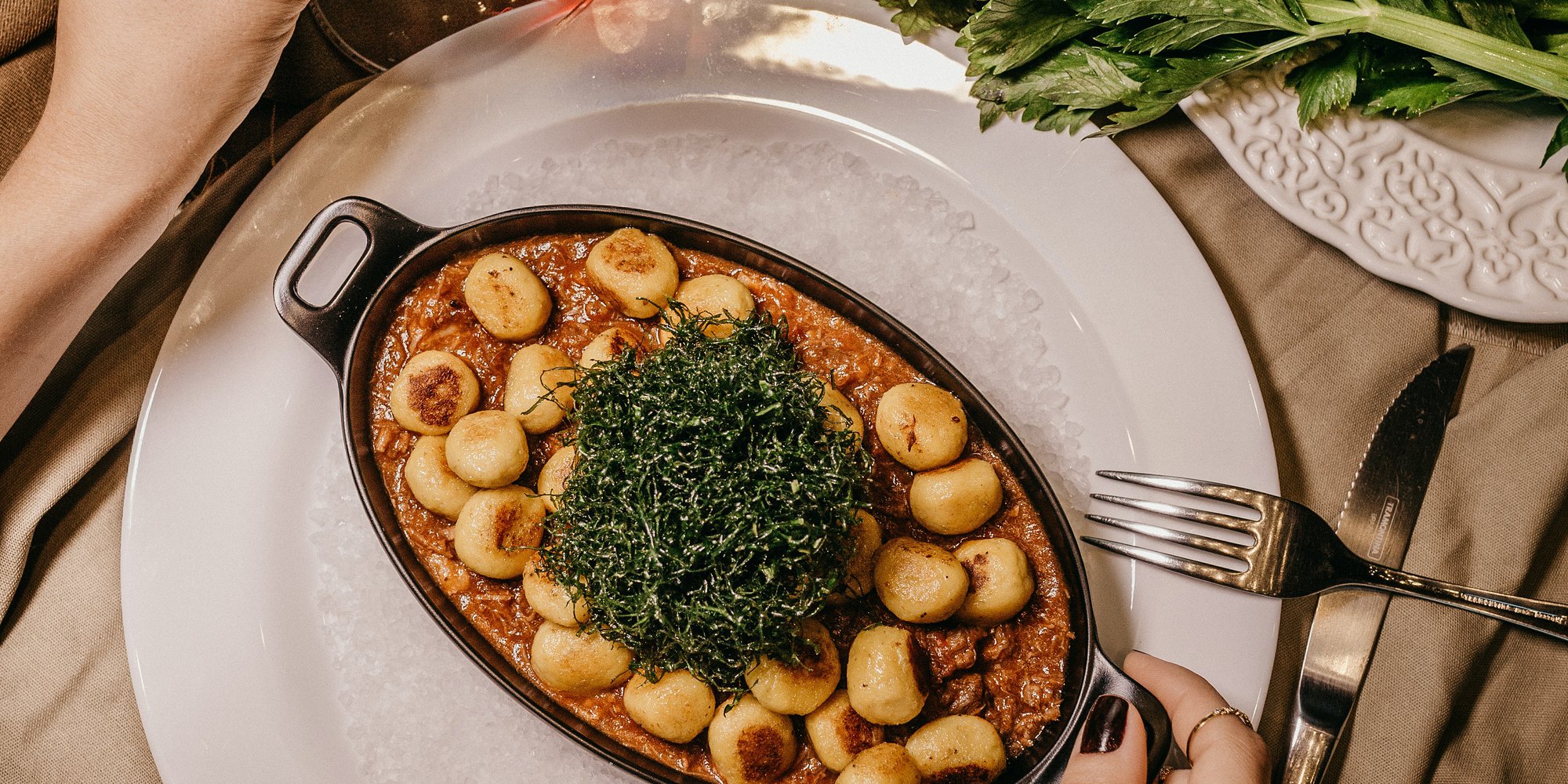Top Performing Content Ideas for Food Brand Marketing
Learn how to engage potential customers with best-in-class examples.
Food brands have the potential to reach a whole new crop of audiences this year if they can connect with the right buyers at the right times. The data reveals a promising pattern: food purchased from supermarkets, convenience stores, warehouse club stores, supercenters, and other retailers increased from $808.0 million in 2019 to $876.8 million in 2020.*
What does this mean for food and beverage brands? Expanded market share with reach to all new audiences who are hungry for unique brand experiences.
In this article, we’ll dive into the best-practice marketing strategies to capitalize on consumer habits and results-driven food marketing techniques your brand should consider to grow.
Solid Foundation: Food brand positioning and messaging strategy
Before food brands move forward with any marketing techniques, they need to lay a strong foundation first. A strong brand positioning and messaging strategy is the North star that guides campaign development decisions and ultimately yields greater results.
Muse brand positioning and strategy sessions help food marketing and food branding clients:
- Identify the right audience/s to target.
- Differentiate themselves from the competition.
- Align their business goals with their marketing activities.
It’s important to remember that people don’t buy your products, they buy your brand! In saturated markets like consumer packaged goods, differentiation is key to success. See how we elevate our food marketing and food branding clients and how our brand services can help your food brand shine, too.
When you invest the time to dig deep into your brand’s purpose, you’ll also articulate a clear set of benefits and why your brand demands a premium in your market.
Once you’ve established your food brand’s positioning and messaging strategy, you’re ready to put marketing strategies and techniques into play. As a food industry marketing agency partner, we've seen what works and what doesn't; let's take a look at what drives real results.
Inbox Inspiration: Email Marketing
Email marketing is a tried-and-true method to provide value-added content to potential and current customers. Our clients experience growth with this tactic when they follow these 6 guiding principles for stellar email campaigns.
A simple and effective way to ease into email marketing is to educate your readers with content that resonates with them. Think about the problems that your brand solves for consumers – solutions to these problems should be your initial content building blocks.
For example, food brands that offer healthy, pre-packaged meals solve the customer problem of not having enough time to prepare tasty, nutritious foods. Newsletters should be geared toward timesaving tips in the kitchen to provide your audience with solution-based content they can use.
Email is also an effective platform to announce new product offerings, events, discounts, and newsletter subscriber-only offers. When customers feel like they’re in the know or part of an exclusive club, it heightens their sense of connection to your brand! They’re also more inclined to share the exclusive details with others.
Well Written: Value-Added Blog Content
Well-crafted blog articles are a key component of our clients’ content marketing strategies. They work toward top-funnel conversion and create awareness around your brand. With time and thoughtful content creation and distribution, blogs will help cultivate loyal advocates among your customers!
Blog writing is an effective way to build a library of content you can share on other platforms, drive traffic to your website, and reinforce credibility. Distribute value-added blogs on platforms where your target audiences spend the most time. For some, it’s LinkedIn and Facebook. Others gravitate to Twitter and Instagram.
It can seem overwhelming to find the right blog topics for your food brand. Fear not! We’ve created a handy guide to help you unlock fresh ideas and organize your content strategy.
Communicate With Clarity: Social Media
The digital landscape is crowded. Learn how to rise above the noise to attract your ideal customers and keep them coming back to your accounts for more great content.
Our greatest piece of social media advice to food marketing and food branding clients is to be authentic. As we covered above, it’s crucial to understand what your brand stands for. Here’s how it comes into play – you can’t create and share genuine social media content if you don’t know your brand positioning and messaging strategy.
To connect with your audience and generate a robust following, consider our top social media tactics:
- Influencer marketing: Even in a digital space, word of mouth still reigns supreme. Influencers in your audience’s niche help generate confidence and trust in your brand.
- User generated content: Recycle your customers’ social media posts to share on your own accounts. We recommend that you ask permission first!
- Visual > text graphics: With food marketing, visuals are everything. It’s easier for consumers to imagine your brand’s products in their lives when they can see them in use. Use text graphics sparingly in favor of beautiful photography.
- Paid ads: Bolster your content strategy! Attract customers in your food brand’s audience and educate them about you.
- Value-added content: From curated music playlists to Pinterest boards and recipe videos, there are many options to share unique, value-added content with followers. The more creative, the better!
Best Practices in Action
Pittsburgh-based food marketing and food branding client Wild Child has a charismatic, authentic energy that didn’t shine through on social media. We helped elevate their followers’ experience with a strategic social media blueprint and branded Canva templates. Now, their content creation process is hassle-free and always on-brand! See our social media blueprint how-to guide to create your own.
Important decisions like brand positioning, strategy and content are made easier with a seasoned food industry marketing agency partner by your side! Are you ready to enhance your brand with marketing support? Reach out for a free consult to see how we can make your brand shine.
About the Author
Kristen Pokorny is a Creative Director at Muse and leads our visual communications department. She possesses a range of creative design skills including creating within existing brand guidelines to building ideas from the ground up. With over 15 years of agency experience, she's worked with both large, global brands and small businesses. She’s well versed in the entire creative process, from sketch phase and lettering to final production.
More Good Reads

How a Messaging Toolkit Enhances Marketing Efficiency for Food Brands
An experienced food marketing agency helps your food brand leverage storytelling for consistent strategic communications across teams and regions.

Social Media Tactics For Restaurants & Food Brands
Engage prospective customers with tried-and-true social media tactics.

